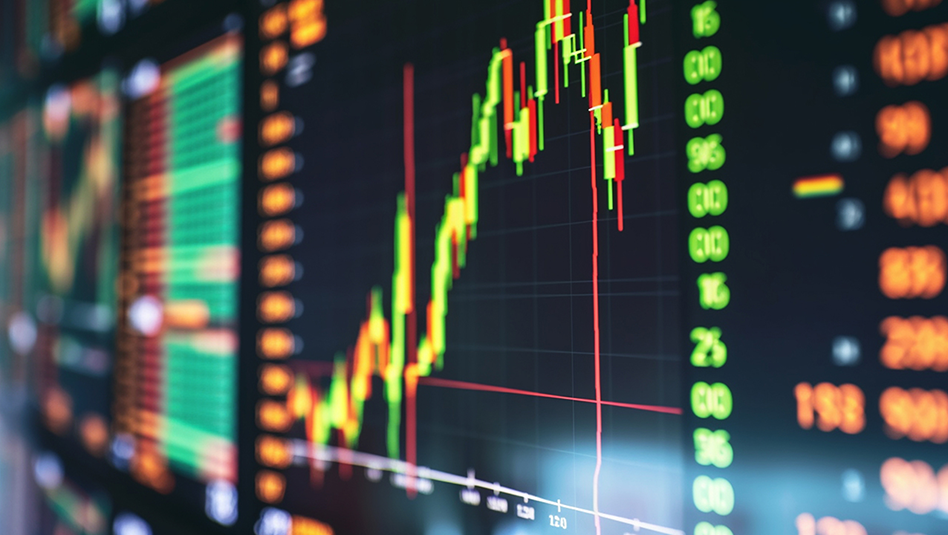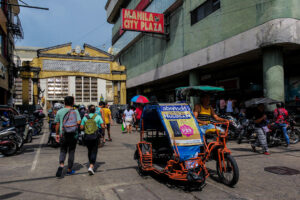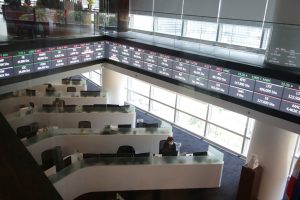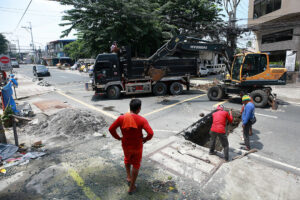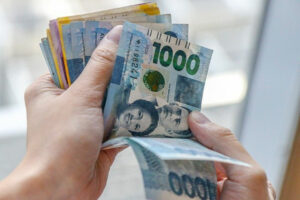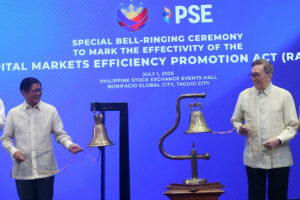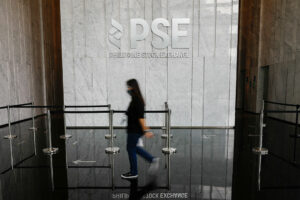The Philippine Economic Zone Authority (PEZA) saw a 59% increase in approved investment pledges in the first six months of 2025, despite a drop in approvals in June.
In a statement, PEZA said its board approved PHP 72.362 billion worth of investments in the January-to-June period, up 59.1% from the PHP 45.481-billion investment pledges approved in the same period last year.
“This continued surge in investments affirms PEZA’s role as a vital engine for economic growth and job creation for the country,” PEZA Director-General Tereso O. Panga said in a statement on Wednesday.
“The confidence shown by both new and existing investors is a strong signal that our economic zones (ecozones) are thriving and open for business,” he added.
However, the PEZA board only approved PHP 6.022 billion worth of investments in June, down by 30.4% from PHP 8.654 billion in the same month in 2024.
In June, the PEZA board greenlit 31 new and expansion projects that are expected to bring in USD 166.426 million in export revenues and 3,646 jobs.
Fourteen of the approved projects will be undertaken by export-oriented enterprises, while seven projects are in the information technology and business process management (IT-BPM) sector.
Four projects involve domestic market-oriented enterprises, while four projects are in logistics.
Another project involves ecozone development, while one project involves facility development.
The majority of the projects are expected to be located in Region IV-A or Calabarzon, while the rest will be in Central Luzon, the National Capital Region, Davao Region, Central Visayas, Western Visayas and Ilocos Region.
For the January-to-June period, PEZA approved 133 projects that are expected to generate 32,983 jobs and have USD 1.26 billion in export value.
The majority of these projects are in manufacturing, while 39 are IT-BPM projects, 12 are domestic market-oriented enterprises, 10 are facility development projects, while nine are ecozone developments.
There are four utility projects and another four are in logistics.
“South Koreans come in as the biggest investor for the first half of the year, followed by the Americans, Chinese, Dutch and Japanese,” said PEZA.
“In terms of sectoral investments, manufacturing of food and beverage products tops the list, followed by ecozone development and IT-BPM,” it added.
After the investment performance in the first half, Mr. Panga said he is “optimistic” that PEZA will achieve its targets this year.
This year, PEZA is targeting investment approvals to reach at least PHP 235 billion, and a 5% increase in both actual exports and employment.
“The Philippines is surely in a sweet spot to attract foreign direct investments at this time, and surely, Filipinos and the whole country will reap the results of our combined hard work soon,” Mr. Panga said.
PEZA said it is pursuing 50 investment leads, which it hopes will translate in actual investments.
“PEZA likewise welcomed several high-level inbound delegations during the period representing the US, China, Japan, Spain, Germany, Hong Kong, Taiwan, Singapore, Malaysia, the United Arab Emirates, and even domestic exploratory missions within the Philippines,” PEZA said.
It noted interest in electronics manufacturing and semiconductor manufacturing services, advanced manufacturing activities, aviation, automotive and information technology-business process management sectors. — Justine Irish D. Tabile







 DOWNLOAD
DOWNLOAD
